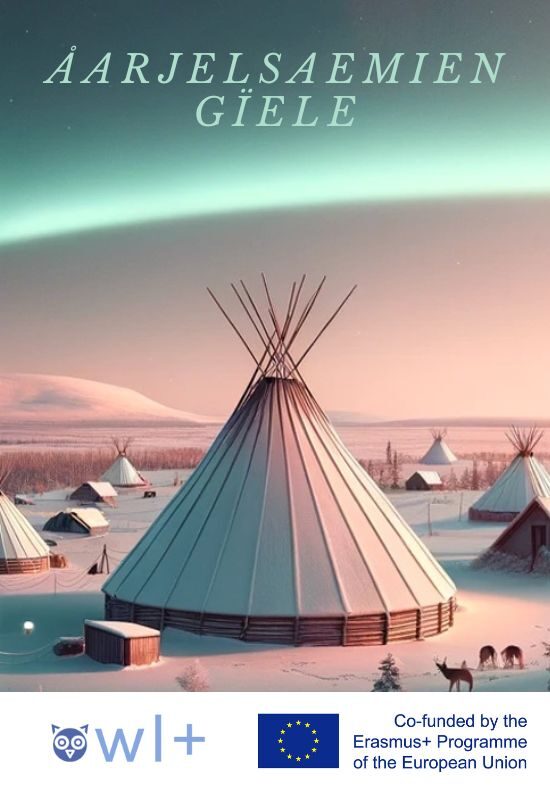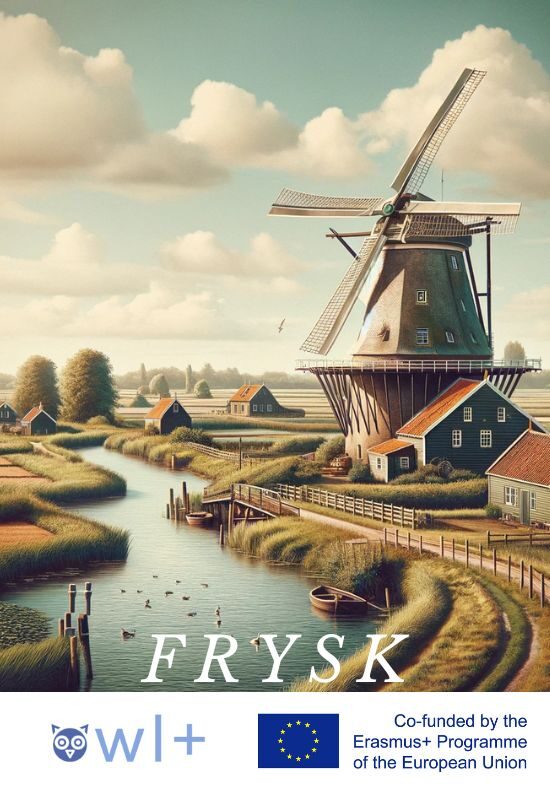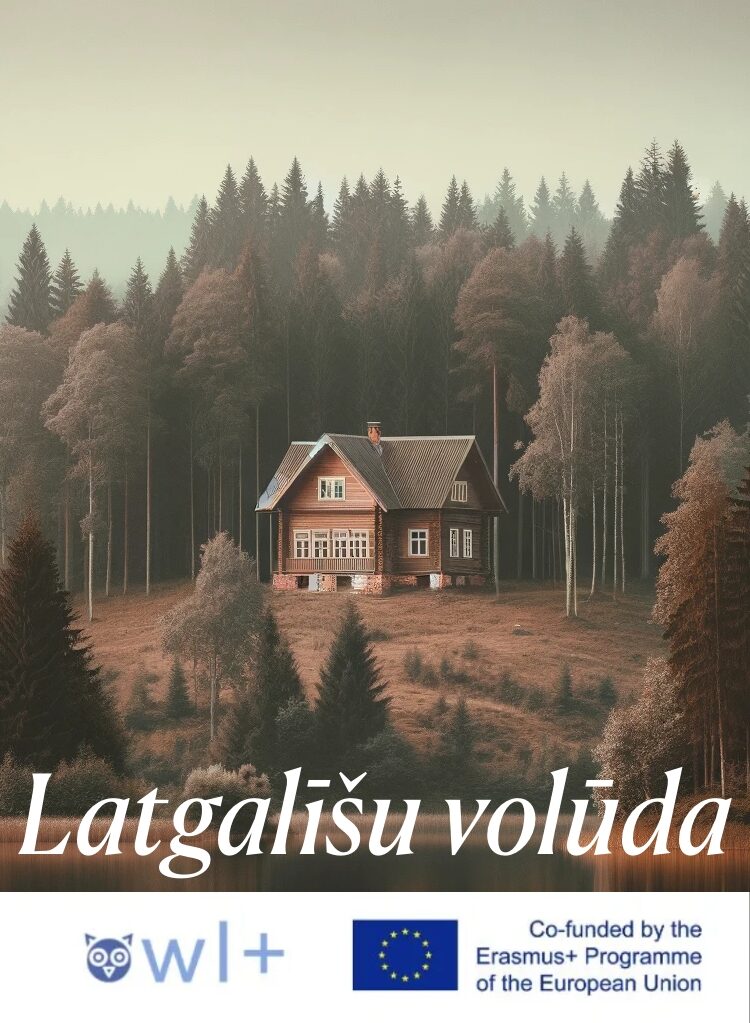What are minority languages?
Europe has many languages which are not main languages of a country. Some of these languages have come to the continent only through migration in recent decades, but many others have been spoken here for many centuries. Some of these so-called autochthonous minority languages are used by hundreds of thousands or even several millions of people and have official status in one or several regions – e.g. Catalan or Basque in Spain or Welsh in the UK. Others are spoken only by a few hundreds or thousands of speakers and are by far less stable – for instance Breton in France, Sorbian in Germany, or Rusyn in Poland, Slovakia, Ukraine and other countries.
Often, growing up with or in a language other than the majority language is closely related to having an identity as part of an ethnic group different to the majority population. Other languages, however, are very similar to the main languages of the country where they are used, and their speakers would usually not consider themselves to be part of a distinct ethnic group. Among these regional collateral languages are, for example, Scots in the UK, Kashubian in Poland, or Low German in Germany.
The European Charter for Regional or Minority Languages is an important document by the Council of Europe with the aim to protect autochthonous languages, develop them into fully fledged contemporary means of communication, save the smaller of these languages from becoming extinct, and generally enable the speakers of minority languages to live their lives in the languages of their choice. In this spirit, many NGOs, research organisations, and educational institutions such as schools or universities carry out educational, promotional, and political activities. They try to maintain and develop language diversity, pass cultural heritage on to the next generations, and aim to empower speakers of minority languages to find equality among the languages of Europe.
The languages of the OWL+ project
For this purpose, the OWL+ project gathers researchers and educators who work on four different autochthonous minority languages: South Saami in Norway (also spoken in Sweden), West Frisian in the Netherlands, Mirandese in Portugal, and Latgalian in Latvia. These have been chosen in order to represent different regions in Europe and a diversity of situations: South Saami has only very few speakers, but receives some notable support, not least from Nord University, the partner from Norway involved in this project. West Frisian has enjoyed the status of an official language in the province of Fryslân for many decades, and the partner Fryske Akademy/Mercator has been one of the leading players in working with minority languages in Europe for a long time. Mirandese, on the other hand, is a small, regionally-bound language that has only recently received more attention – the project partner CIDLeS advises on the early efforts to document the language and create resources. Latgalian, finally, is a collateral regional language close to Standard Latvian which, however, struggles to receive even a limited level of official support, in spite of Rēzekne Academy of Technology’s decade-long efforts in language development.

OWL+ module
The aim of the information in the OWL+ module is to provide persons who work with these languages with background information, educational materials, and examples of how to use, develop, and teach their language. At the same time, it hopes to provide insights into the broader contexts of minority languages in Europe as well as to show examples of good practices also for persons working with other minority languages. In this way, this site tries to show users of non-majority languages from different regions of Europe that there are many people working in similar situations. Thereby, we wish to encourage educators, learners, activists, and anyone interested in minority languages to continue their work, to learn from other groups’ experiences, and to meet and share their thoughts with like-minded persons from all over Europe.
Find out more about minority languages and explore our units on Ownership and Leadership, West Frisian, South Saami, Mirandese, and Latgalian!

South Saami
With only 500 to 600 speakers, South Saami is an endangered minority language spoken in parts of Norway and Sweden. It is one of several Saami languages, with great historical and cultural values. Discover what the language means to the Saami people and how South Saami is integrated in the Norwegian education system.

West Frisian
More than 400 000 people speak West Frisian in the province of Fryslân (NL). It is the province’s second official language, and Frisian is embedded in the education system. Learn about its use at schools and in everyday life in this unit!

Mirandese
In the region of Miranda, on the Portuguese-Spanish border, the main language is Mirandese. Althoug it is prevalent with most families in the area, many people feel insecure about speaking the language in public. Historically, the language carried a stigma, but today, it is recognised as an official language. explore the implications of Mirandese’s official status on the education in Miranda.

Latgalian
The Latgalian language, predominantly spoken in Latgale, Latvia, has faced oppression in the past. Over centuries, cultural and linguistic values have evolved for this minority language. Find out in this module what the current status of the Latgalian language is in today’s education system.

Ownership & Leadership
Explore the “Cultural space of Upīte” or get to know the Saami pathfinders! In this unit you learn about four initiatives from Norway, Fryslân, Miranda, and Latgale that promote language use and community engagement through different activities.

